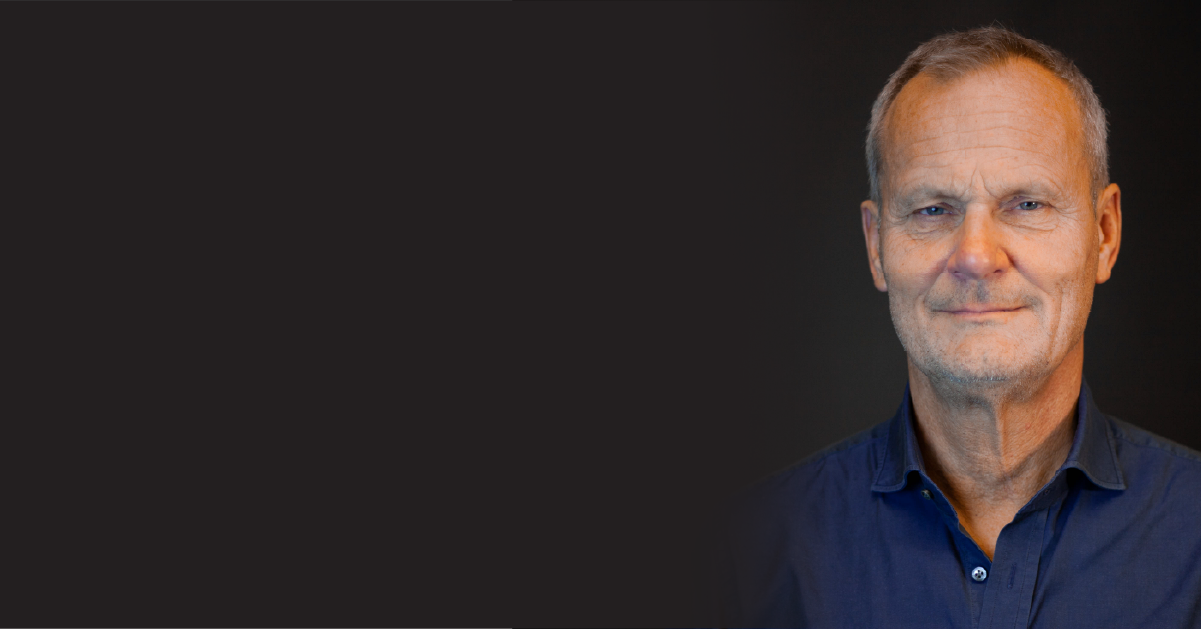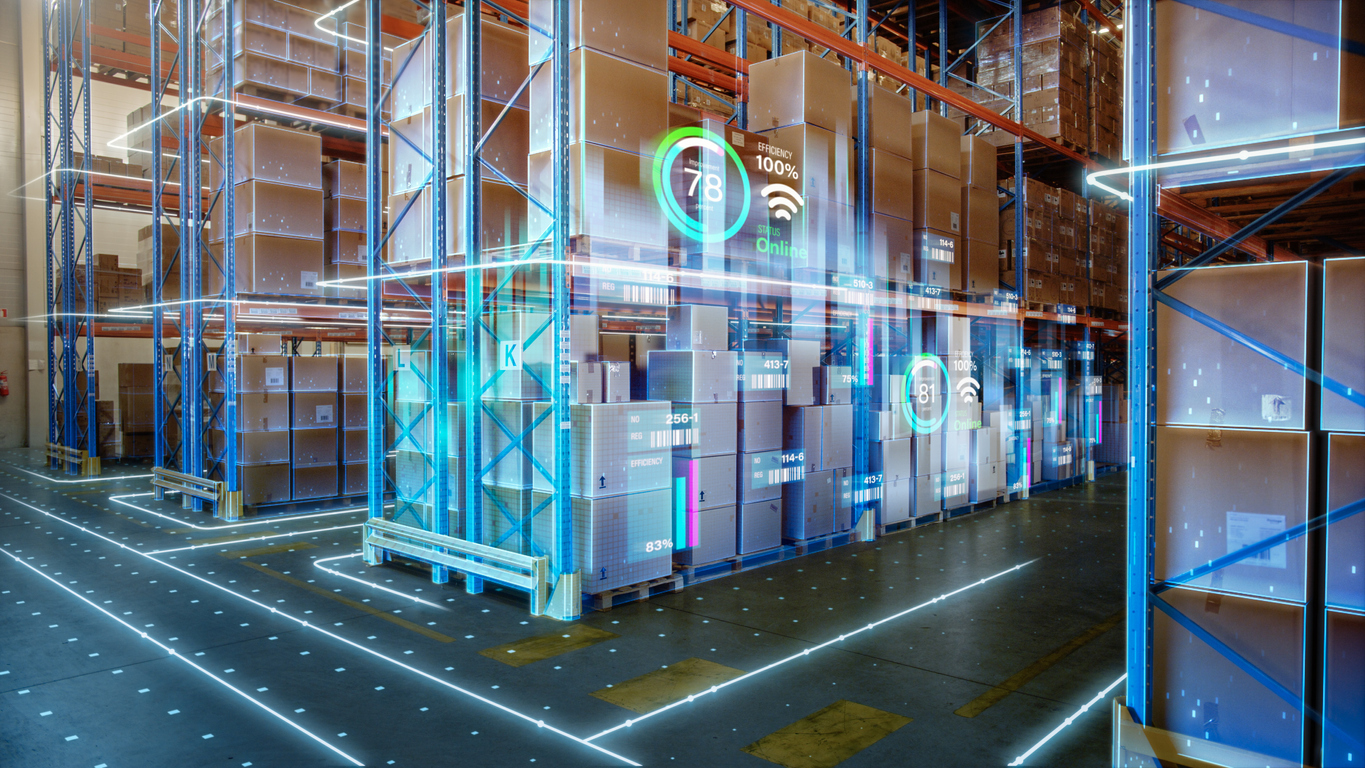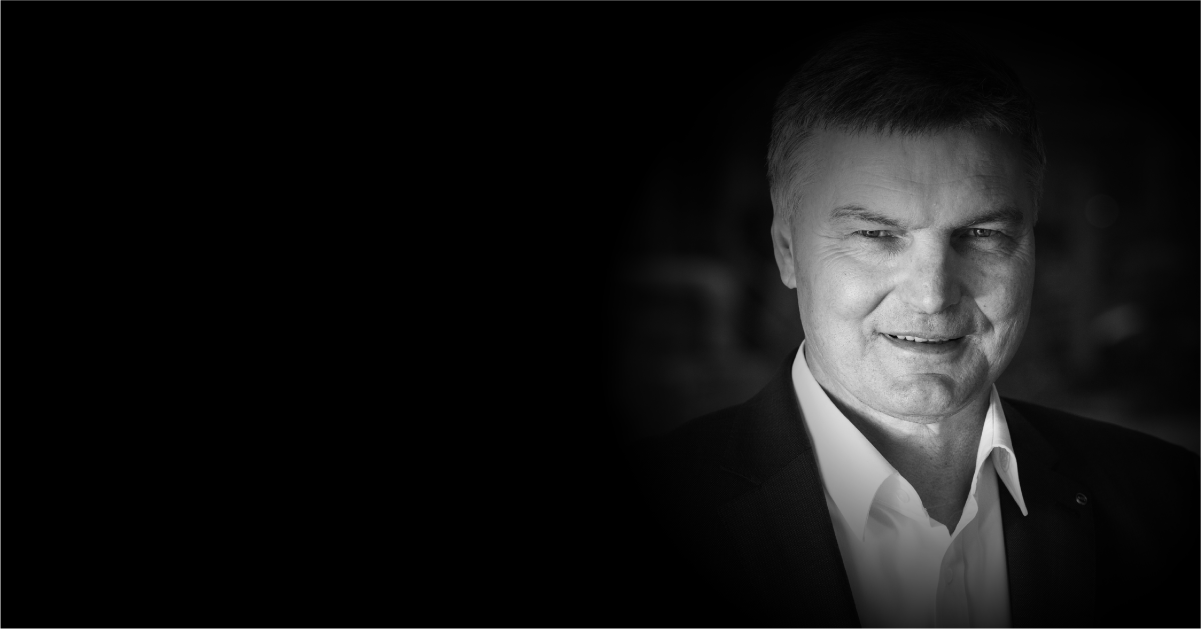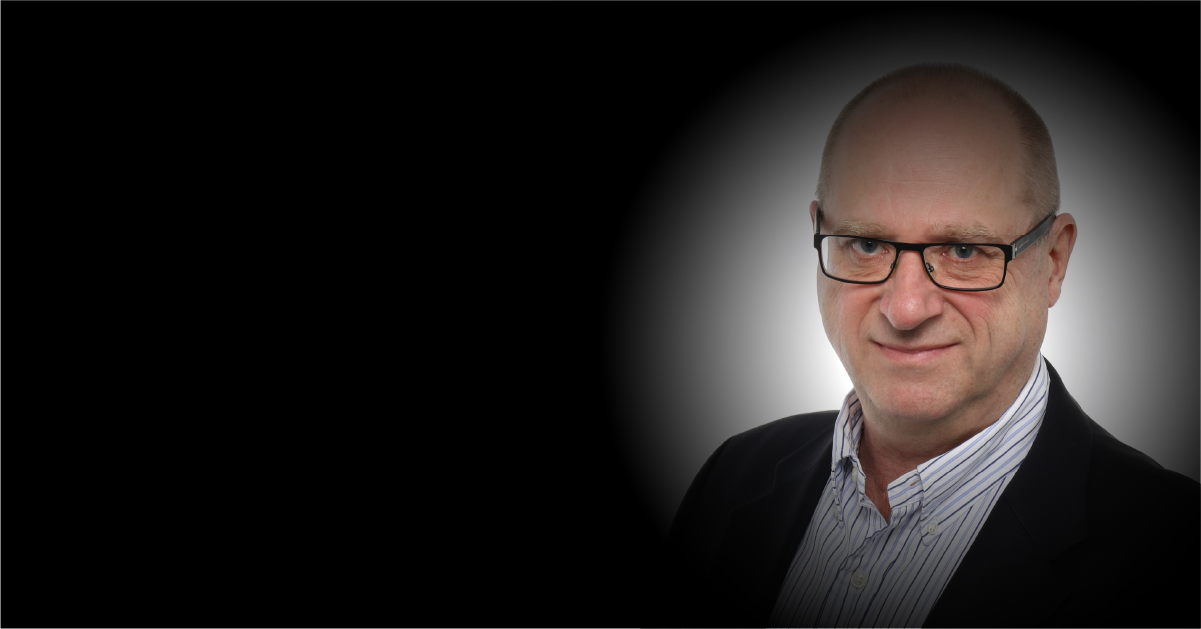Supply chain leaders are emerging from a difficult couple of years plagued by various global crises with a renewed determination to build resilience in a volatile landscape. The question on everyone’s mind: What actions can be taken from the recent lessons learned?
During our insights session with supply chain business leaders, LG’s Director of General Operations, Gabriel Mesas Paton, walked us through the secret of the multinational electronics company’s collaborative supply chain strategy which helped them weather and quickly adapt to continuous disruptions.
How did the recent economic challenges impact LG’s supply chain?
We have been severely impacted since ours is a very fragile supply chain. The product lifecycle of electronics is very short, meaning that everything moves quickly. As such, the disruptions over the last three years caused our supply chain to suddenly stop. We don’t have a lot of inventory along our supply chain and therefore, no huge buffers that we can use to overcome these issues. These disruptions led to difficulties in delivering products to our clients. Having said that, I’d say we have been able to overcome those challenges.
Allow me to first explain how we operate. We have a global supply chain that moves hundreds of thousands of containers a year. We have factories in many countries and the entire chain is complex. Ours is also an integrated global supply chain, which is not typical in many industries. This brings with it major difficulties but also opportunities and advantages.
LG Electronics has a single forecasting and production capacity system as well as a single system for order and inventory management. Today, we can see inventory levels at warehouses, orders from clients, production capacity, inventory of components along our supply chain, suppliers, production facilities, and the capacity of our transportation partners and distribution centers. All this information is visible simultaneously to all parts of the supply chain. We’ve been able to build this integrated supply chain visibility for over 15 years.
Of course, when one part of the supply chain is affected, that impacts the rest of the chain. However, we do have the advantage of immediate communication and reaction.
The Collaborative, Planning, Forecasting, and Replenishment (CPFR) model in supply chain has been around for a while but has recently received criticism for its lack of usefulness in recent times. Can you elaborate on the new concept that LG has implemented instead?
CPFR was very popular from the 90s to around 2007. It was a way of collaborating with manufacturers and clients over a period of one to three years. Forecasts and production plans were made for 12-month periods and replenishment orders would be done for the three months following that. A review of the market would take around a month. It was a long commitment.
In today’s market, CPFR is no longer valid. You cannot make commitments for two years. Our products change every year. In fact, we launch new televisions every year, but we upgrade the features every six months. How can we make a two-year commitment for a product with a lifecycle of fewer than six months? We understood that we needed a framework that allowed for immediate response.
We came up with what we call FCR – forecast, check, and react. It’s a new process to produce the best forecast, continually check in with our clients and partners, and react immediately both locally and globally.
FCR is about setting up a joint process with our clients to do forecasts that we then use to come up with some rough intentions and commitments for three months. But of course, the level of commitment is low and our clients are not interested in committing for just a few months when the market is extremely volatile. So, we check in with market progress on a weekly basis and react immediately.
This process requires thorough collaboration and work. We are looking at data to create forecasts for the next three months. From there, we narrow down forecasts for each product on a weekly basis. Then we gather information on weekly sales to see how the market is progressing. If sales levels are as expected, we will confirm our orders and forecasts. If not, we will take other measures and adjust our projections.
It’s like what we used to do years ago. The difference is that we are managing information and visibility on a global scale. We have discussions with clients and partners daily. Decisions are also made daily.
For example, we can have production orders for our factory in Poland on Tuesday for products to be delivered to our clients in Iberia between Friday and Monday. Roughly 50% of our sales are executed directly from the factory to our clients without passing through a distribution center. This allows us a quick reaction capacity. FCR allows us to implement quick updates, review changes, and make adjustments in real-time.
Do you use product-in-use data for sales predictions?
Unfortunately, our market cannot be statistically forecasted because the effect of promotions and the effect of seasonality is so big. Having said that, it can be analytically forecasted. What we do is work on this joint forecast with our clients, using product data to estimate and project sales for the next few weeks. We consider our clients’ promotional plans and our own marketing investments. We do our forecasts at an aggregated level to procure materials, but not for sales of an individual client.
How important is the network of partners for LG Electronics?
Typically, inventory was the protection against uncertainties. Now, we know that inventory is extremely expensive and the risk of holding it is too high, especially with the marketplace and world we live in today.
The way to build buffers nowadays is by building capacity, which requires a network of partners.
For example, 15 years ago we could have 30,000 units of TVs in a local warehouse to protect from demand uncertainty and variability. Now, we build capacity between factories, supplies of components, transportation capacity, and manufacturing capacity. We are agile in production, meaning we can extend production by a few hours per day, giving us the ability to increase daily production by 20% to 25%. We also have the capacity to stretch transportation from five trucks per day to 200. This means we can cover for the uncertainty with the capacity to reach. This is only possible with a big network of suppliers and partners.
For example, if we had only one transportation partner, we could not reasonably expect them to have five trucks one day and 200 trucks the next. What would they be doing with their idle capacity? To divide the risk, we have many partners. In Iberia, we have over 25 logistics partners. The same is true at the European level.
So how can we work with them? We need to show them all this information in the FCR model. The forecasts and plans are aggregated at a higher level, then disaggregated at the partner level daily. Sharing this information allows us and our partners to prepare as much as possible.
What makes it possible for you to react to customer demand changes within a week?
Our production plan is adjusted daily in the factory. Transportation capacity is confirmed with carriers 24 or 48 hours ahead. Sales orders are confirmed daily with our clients. It’s just about having the right information and commitment.
One of our secrets is losing the concept of fighting and negotiating with clients.
We live in a market in which we need to work together with our clients by building mixed teams. There are some functions that still reside entirely within the client and within LG, but then we have several functions that are performed by a core process team that jointly works over the same information. They share roles, responsibilities, and the same KPIs. They share communication and tools which allow us to work closely with our clients. The secret is to work as a single team, to know that the only way to win is to do it together.
*Answers have been edited for length and clarity.















